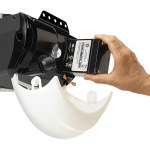When upgrading your home’s functionality and security, the jackshaft garage door opener stands out as an innovative and efficient solution. Unlike traditional garage door openers that hang from the ceiling, the jackshaft garage door opener mounts on the wall beside the garage door. This unique design not only saves space but also offers enhanced performance and convenience. In this detailed guide, we explore the various aspects of jackshaft garage door openers, including their features, advantages, installation process, maintenance tips, and how they compare to conventional models. Whether you’re a homeowner seeking to improve your garage setup or a technician looking to expand your knowledge, this article provides valuable insights into the world of jackshaft garage door openers.
 Maintenance Tips
Maintenance Tips
Regular Cleaning
Keep your jackshaft garage door opener clean by wiping it down regularly with a damp cloth. Remove any dust, debris, or grease that may accumulate on the motor and mechanical parts. Regular cleaning helps prevent malfunctions and prolongs the opener’s lifespan.
Lubrication of Moving Parts
Lubricate the moving parts of your garage door opener, including the torsion bar and hinges, to ensure smooth operation. Use a high-quality lubricant designed for garage door systems, applying it to the necessary components as recommended by the manufacturer.
Inspection of Components
Periodically inspect the components of your jackshaft garage door opener for signs of wear or damage. Check the tension of the torsion bar, the condition of the cables, and the functionality of the motor. Address any issues promptly to maintain the opener’s performance and safety.
Battery Maintenance
If your jackshaft garage door opener includes a battery backup, regularly check the battery’s charge and replace it as needed. A functional battery backup ensures that your garage door remains operable during power outages, maintaining security and convenience.
Professional Servicing
Schedule regular maintenance with a professional garage door technician to ensure your jackshaft opener remains in optimal condition. Professional inspections can identify and resolve potential issues before they escalate, safeguarding your investment and ensuring reliable operation.
Comparing Jackshaft Garage Door Openers to Traditional Models
Space Utilization
Traditional ceiling-mounted garage door openers take up valuable overhead space, which can limit storage options and make the garage feel cluttered. In contrast, jackshaft openers free up this space, allowing for better organization and a more streamlined garage environment.
Installation Complexity
While both types of openers require proper installation, jackshaft garage door openers may present more challenges due to their wall-mounted configuration and connection to the torsion bar. However, the long-term benefits of space savings and enhanced security often outweigh the initial installation effort.
Noise Levels
Traditional chain-driven openers can generate significant noise during operation, which may be disruptive, especially in attached garages. Jackshaft openers, utilizing quieter belt or screw drives, offer a more peaceful experience, making them preferable for noise-sensitive environments.
Cost Considerations
Jackshaft garage door openers typically come at a higher initial cost compared to traditional models. However, their durability, security features, and space-saving design can make them a more cost-effective choice in the long run. Additionally, potential savings on ceiling storage and reduced maintenance needs contribute to their overall value.
Compatibility and Flexibility
Not all garage doors are compatible with jackshaft openers. They work best with torsion spring systems and may require specific adjustments for optimal performance. Traditional openers, on the other hand, offer broader compatibility with various garage door types, providing greater flexibility in installation options.
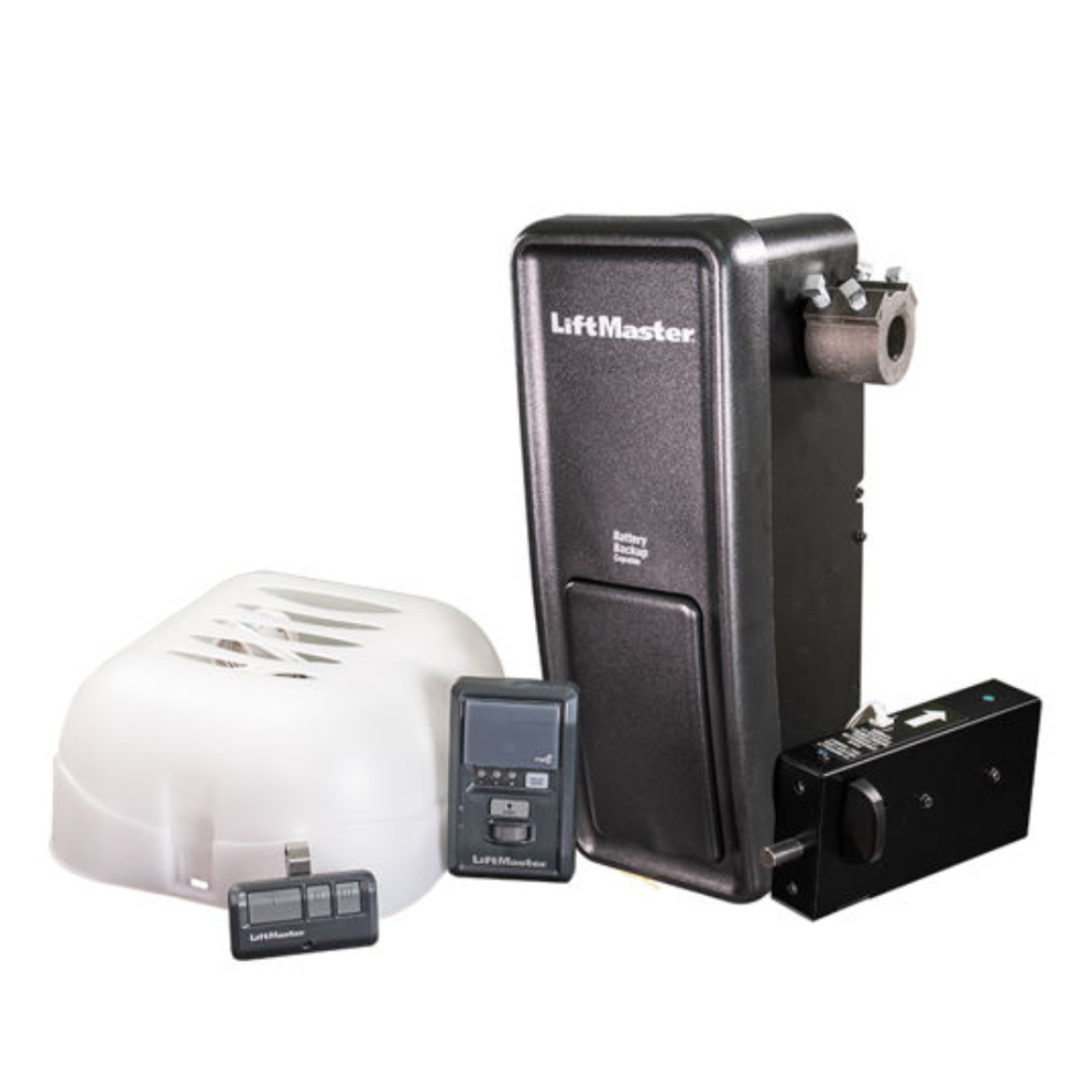 Smart Features and Technology
Smart Features and Technology
Remote Control Access
Modern jackshaft garage door openers come equipped with remote control capabilities, allowing you to operate your garage door from anywhere. Whether you’re at home or away, the convenience of remote access enhances your daily routine and increases security.
Smartphone Integration
Many jackshaft openers integrate with smartphone apps, providing real-time monitoring and control. You can receive notifications, schedule automatic opening and closing, and even check the status of your garage door remotely. This smart functionality adds a layer of convenience and peace of mind.
Voice Control Compatibility
With the rise of smart home ecosystems, jackshaft garage door openers often support voice control through devices like Amazon Alexa and Google Assistant. This hands-free operation allows you to open or close your garage door with simple voice commands, adding ease to your daily activities.
Security Enhancements
Advanced security features in jackshaft openers include rolling code technology, which changes the access code after each use to prevent unauthorized entry. Additionally, built-in motion detectors and obstruction sensors enhance safety by automatically stopping the door if an obstacle is detected.
Energy Efficiency
Jackshaft garage door openers are designed to be energy-efficient, reducing power consumption without compromising performance. Features such as sleep mode and automatic standby help conserve energy, making them an environmentally friendly choice for your home.
Installing a Garage Door Opener: Step-by-Step Guide
Step 1: Gather Necessary Tools and Materials
Begin by collecting all the tools and materials required for installation. You will need a drill, screwdriver set, measuring tape, level, and the jackshaft garage door opener’s installation kit. Ensure you have all parts and instructions provided by the manufacturer before starting.
Step 2: Prepare the Installation Site
Clear the area beside the garage door where the opener will be mounted. Use a level to mark the exact position for mounting the opener, ensuring it is straight and aligned with the garage door’s torsion bar. Proper placement is crucial for smooth operation.
Step 3: Mount the Opener
Attach the mounting bracket to the wall using the pre-drilled holes. Secure the jackshaft opener onto the bracket, making sure it is firmly in place. Double-check the alignment to prevent any operational issues.
Step 4: Connect to the Torsion Bar
Carefully connect the opener to the garage door’s torsion bar
Step 5: Wiring and Power Setup
Next, connect the opener to your home’s power supply. Follow the manufacturer’s wiring instructions meticulously to ensure a safe and secure connection. If you’re not comfortable with electrical work, consider hiring a professional electrician to handle this step.
Step 6: Test the Opener
After installation, test the jackshaft garage door opener to ensure it operates smoothly. Adjust the settings as needed, such as the door’s travel distance and the opener’s sensitivity. Verify that all safety features, like obstruction sensors, are functioning correctly.
Step 7: Final Adjustments
Make any final adjustments to the alignment and tension of the garage door. Ensure that the door opens and closes seamlessly without any resistance or unusual noises. Secure all connections and clean up the installation area.
Troubleshooting Common Issues
Door Not Opening or Closing
If your garage door isn’t responding, first check the power supply. Ensure that the opener is plugged in and that there are no tripped circuit breakers. Next, inspect the remote control and keypad batteries, replacing them if necessary. If the problem persists, consult the manufacturer’s troubleshooting guide or contact a professional technician.
Unusual Noises
Unusual noises such as grinding or squeaking may indicate loose or worn components. Inspect the mounting brackets, torsion bar, and other moving parts for signs of wear or damage. Tighten any loose screws and apply lubricant to reduce friction and noise.
Remote Control Issues
If your remote control isn’t functioning, try reprogramming it according to the manufacturer’s instructions. Ensure that the remote is within range and that there are no obstructions interfering with the signal. Replace the remote’s batteries if needed.
Sensor Malfunctions
Obstruction sensors are crucial for safety. If the sensors are misaligned or dirty, the garage door may not operate correctly. Clean the sensors and realign them to ensure a clear path for the door. Test the sensors by placing an object in the door’s path to verify that the safety feature works.
Slow Operation
Slowly operating garage doors can be a sign of motor issues or inadequate power supply. Check the motor’s connections and ensure it is receiving sufficient power. Lubricate the door’s moving parts to facilitate smoother operation, and consider adjusting the opener’s settings for optimal performance.
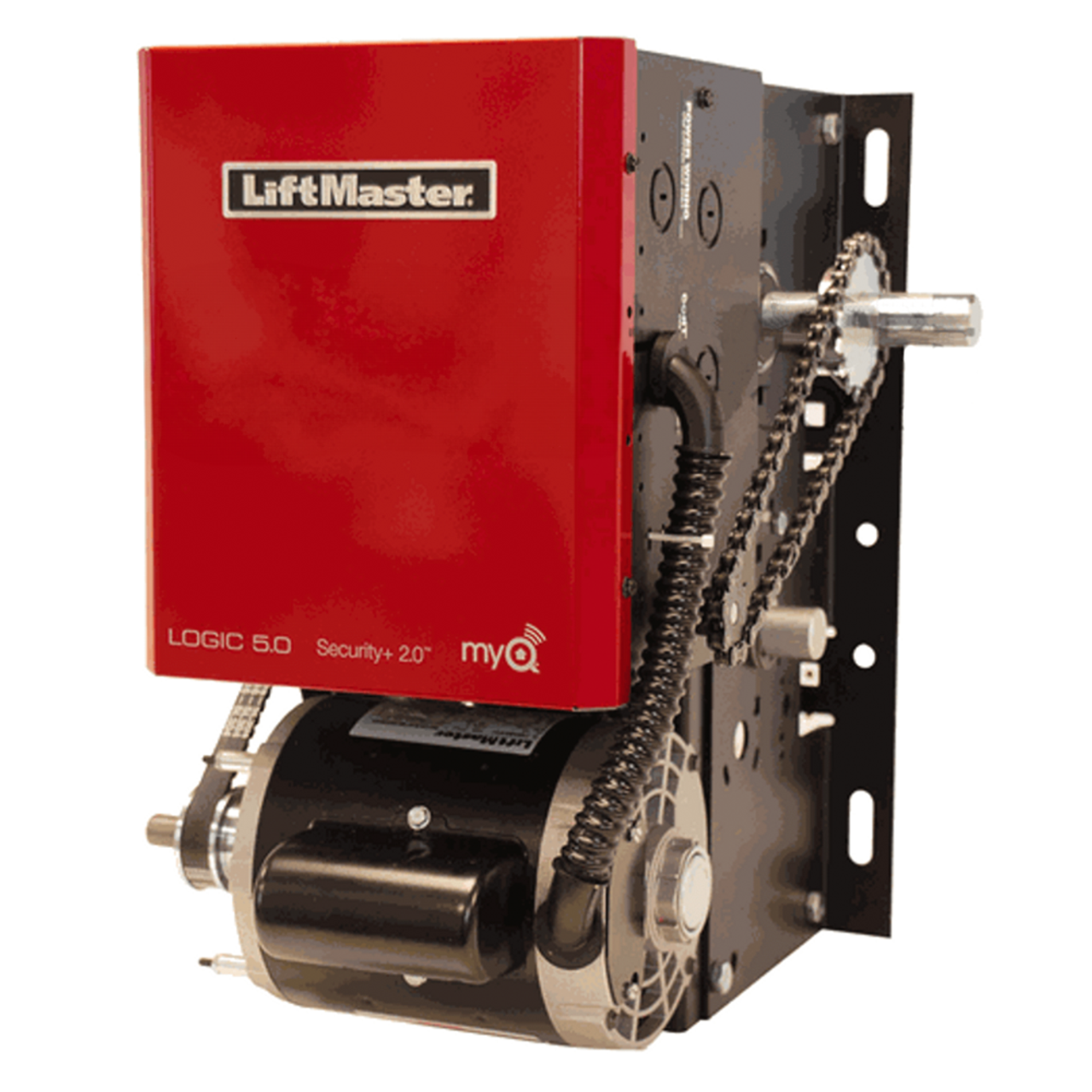 Choosing the Right Garage Door Opener for Your Home
Choosing the Right Garage Door Opener for Your Home
Assessing Your Garage Door Type
Before selecting a jackshaft garage door opener, assess the type and weight of your garage door. Jackshaft openers are best suited for torsion spring systems and single-car garages. If you have a heavy or sectional door, ensure that the opener you choose can handle the door’s weight and size.
Evaluating Power and Performance
Consider the power and performance specifications of the jackshaft opener. Look for models with sufficient horsepower to drive your garage door efficiently. Additionally, check the opener’s operational speed and noise levels to ensure it meets your needs.
Reviewing Smart Features
Modern jackshaft openers come with a range of smart features. Evaluate which features are important to you, such as smartphone integration, voice control, and battery backup. Choose an opener that offers the technology and convenience you desire for your home.
Budget Considerations
Jackshaft garage door openers vary in price based on their features and brand reputation. Set a budget and compare different models to find one that offers the best value for your money. Remember to factor in potential installation costs and any additional accessories you may need.
Comparing Jackshaft Garage Door Openers to Belt-Driven and Chain-Driven Models
Noise Levels
Jackshaft garage door openers are quieter than chain-driven models but may be comparable to belt-driven openers. However, their wall-mounted design often results in reduced noise transmission compared to ceiling-mounted systems.
Installation Space
Unlike chain and belt-driven openers that require ceiling space, jackshaft openers save this area for storage or other uses. This makes jackshaft models ideal for garages with limited overhead space or where a cleaner aesthetic is desired.
Durability and Maintenance
Jackshaft openers typically offer greater durability and require less maintenance than chain-driven models, which can experience more wear and tear. Belt-driven openers, while quieter, may not offer the same space-saving benefits as jackshaft systems.
Cost and Value
Jackshaft garage door openers tend to be more expensive initially compared to chain and belt-driven models. However, their unique advantages, such as enhanced security and space savings, can provide better long-term value for homeowners seeking a high-performance solution.
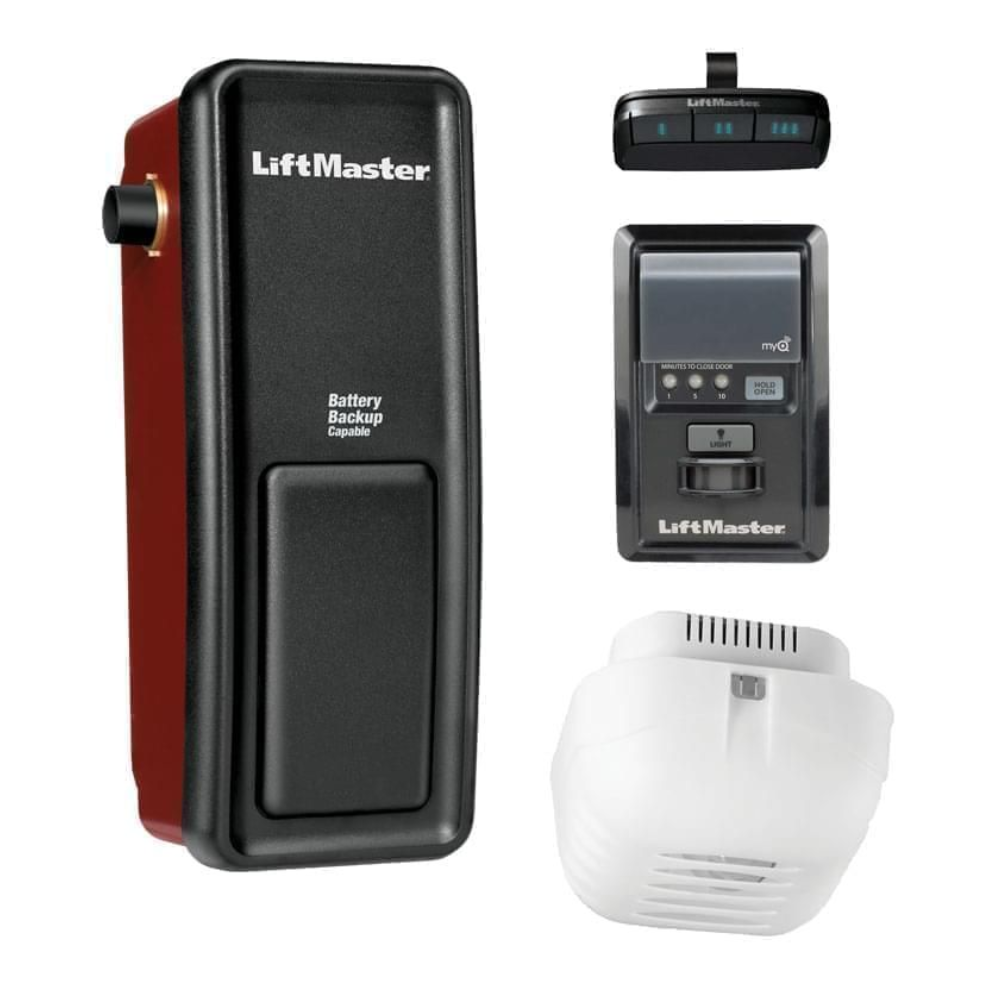 Eco-Friendly Aspects of Garage Door Openers
Eco-Friendly Aspects of Garage Door Openers
Energy Efficiency
Jackshaft garage door openers are designed to operate efficiently, minimizing energy consumption. Features like battery backups and smart technology integration contribute to their eco-friendly profile by reducing the need for excessive power usage.
Sustainable Materials
Many manufacturers are incorporating sustainable materials in the production of jackshaft openers. Using durable, recyclable components not only enhances the opener’s longevity but also reduces its environmental impact.
Reduced Resource Consumption
The compact design of jackshaft garage door openers often means they require fewer materials to produce compared to traditional ceiling-mounted models. This reduction in resource consumption supports more sustainable manufacturing practices.
Longevity and Reliability
The durability and reliability of jackshaft garage door openers encourage longer product lifespans, reducing the frequency of replacements and minimizing waste. Investing in a high-quality opener ensures sustained performance and environmental benefits over time.
Frequently Asked Questions
What is the main difference between a jackshaft garage door opener and a traditional opener?
The primary difference lies in their mounting locations and mechanisms. Jackshaft openers are wall-mounted beside the garage door, using the torsion bar for operation, whereas traditional openers are ceiling-mounted and use chain, belt, or screw drives.
Are jackshaft garage door openers compatible with all types of garage doors?
Jackshaft openers are best suited for torsion spring garage door systems. They may require specific adjustments for different door types and are generally not compatible with extension spring systems.
How much space does a jackshaft garage door opener save?
By mounting on the wall beside the door, jackshaft openers free up significant ceiling space. This space can be utilized for storage, additional shelving, or maintaining an uncluttered garage environment.
Can I install a jackshaft garage door opener myself?
While some homeowners may choose to install a jackshaft opener themselves, it generally requires precise alignment and connection to the torsion bar. Professional installation is recommended to ensure safety and optimal performance.
What maintenance does a jackshaft garage door opener require?
Regular maintenance includes cleaning, lubricating moving parts, inspecting components for wear, and ensuring the battery backup is functioning correctly. Professional servicing can also help maintain the opener’s longevity and performance.
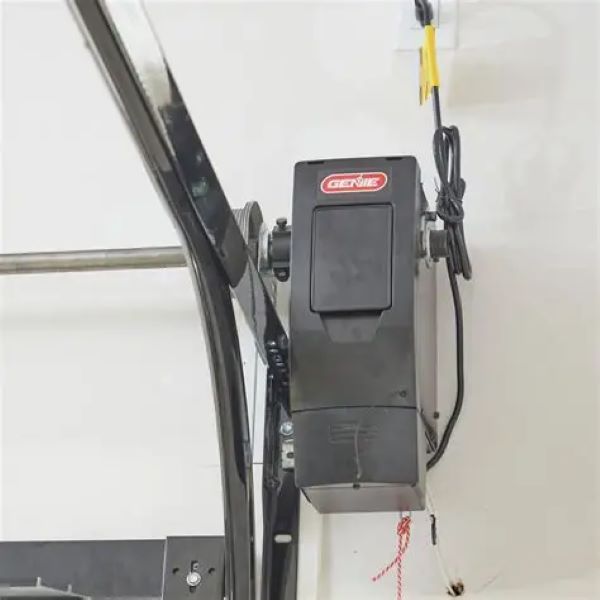 Conclusion
Conclusion
In the realm of garage door openers, the jackshaft garage door opener emerges as a superior choice for those seeking innovation, efficiency, and enhanced security. Its unique wall-mounted design not only conserves valuable ceiling space but also offers quieter, more reliable operation compared to traditional models. By incorporating advanced features such as smart technology integration, battery backups, and robust security measures, the jackshaft garage door opener meets the demands of modern homeowners. Whether you’re upgrading your existing system or installing a new opener, understanding the benefits and features of jackshaft models can help you make an informed decision. Embrace the future of garage door automation with a jackshaft garage door opener and enjoy the perfect blend of functionality and style in your home.
